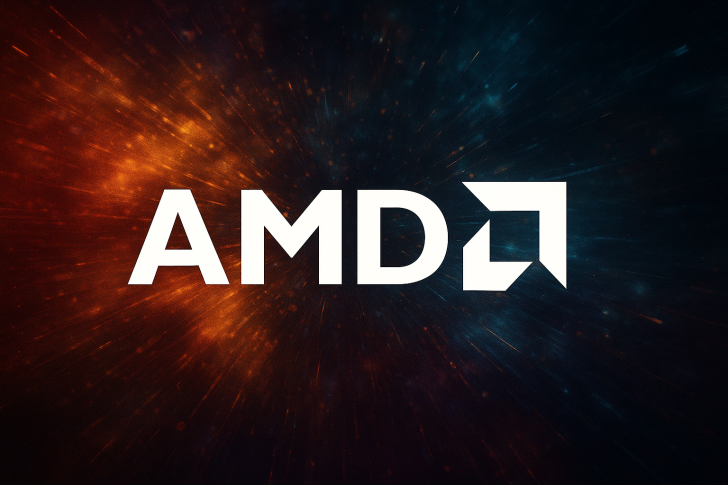It's not every day you see a company crush earnings and still get punished by the market—but that's exactly what happened to AMD. The chipmaker posted stellar quarterly results, topping both revenue and earnings estimates while guiding above expectations. Yet by the close, AMD had tumbled more than 3.7%, with after-hours trading pushing losses even further.
What Happened
As Barchart put it: "AMD is falling after beating expectations and guiding above expectations — tough market." The reaction underscores just how cautious investors have become, even toward companies firing on all cylinders.

AMD's report was solid across the board—strength in AI, data centers, and embedded products, plus optimistic projections into early 2026. But the stock couldn't hold its ground. Here's how the day unfolded:
- Sharp morning selloff: AMD opened near $259–$260 but quickly dropped to $250 within the first hour as institutional traders hit the exits
- Brief midday bounce: A short-covering rally pushed the stock back toward $256, but volume faded and buyers didn't stick around
- Weakness into the close: The afternoon brought lower highs and a steep selloff, ending at $250.05 (-3.7%), with after-hours extending losses to $249
- Volatility spike: The final candle showed a long lower wick down to $244, signaling stop-loss triggers and heightened uncertainty
Why the Disconnect?
AMD isn't alone. Even peers like NVIDIA and Intel have faced post-earnings pressure despite solid numbers. The issue isn't performance—it's the market's mood. Rising Treasury yields, inflation worries, and global growth concerns have investors on edge. High-multiple tech stocks are especially vulnerable right now, and AMD's 45% year-to-date rally meant expectations were sky-high going into earnings. With good news already priced in, there was little room left for upside surprise.
Short-term, AMD is sitting on key support around $244–$245. If it holds there, a bounce back toward $255–$258 is possible. But if it breaks below $240, things could get rougher, with the $230 range back in play. For long-term investors, this could be a buying opportunity—AMD remains a major player in AI chips and data centers, and one of the few companies credibly challenging NVIDIA. But for now, sentiment is calling the shots, and fundamentals are taking a back seat.
 Peter Smith
Peter Smith

 Peter Smith
Peter Smith


